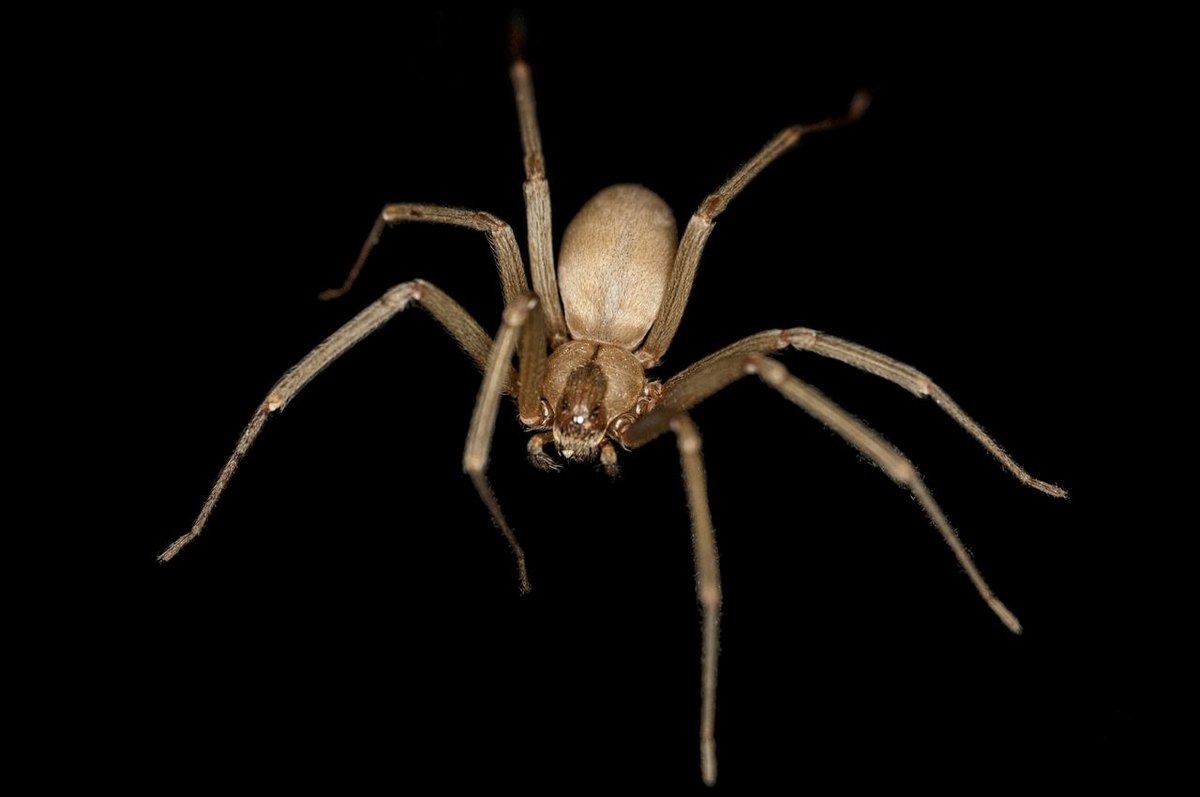
The Brown House Spider, scientifically known as Steatoda grossa, is a fascinating arachnid that can be found in homes and buildings across the world. With its distinct brown coloration and intricate web-building abilities, this spider is often considered an unwelcome houseguest by homeowners. However, there is much more to this species than meets the eye. In this article, we will delve into 12 unbelievable facts about the Brown House Spider, shedding light on its unique characteristics, behaviors, and adaptations. From its venomous bite to its surprisingly beneficial role as a pest controller, this spider will surely change your perspective on one of nature’s most misunderstood creatures. So, let’s embark on a journey to discover the awe-inspiring world of the Brown House Spider!
Key Takeaways:
- Brown House Spiders are harmless to humans and help control insect populations, making them beneficial to ecosystems. So, next time you see one, consider their positive impact before reaching for a shoe!
- These nocturnal spiders are skilled web builders and can live for several years. Their unique courtship rituals and violin-shaped markings make them fascinating creatures to observe in the wild.
The Brown House Spider is found worldwide.
The Brown House Spider, scientifically known as Steatoda grossa, is a spider species that can be found all around the globe, from Asia and Europe to North and South America. This means that no matter where you live, chances are you may come across this fascinating arachnid.
They are also known as “cupboard spiders”.
One of the common names for the Brown House Spider is “cupboard spider.” This name derives from their tendency to build their webs in dark, secluded areas such as cupboards, basements, sheds, and other undisturbed spaces within human habitats.
Brown House Spiders have a distinct violin-shaped marking on their backs.
One of the distinguishing features of the Brown House Spider is the violin-shaped marking on its cephalothorax. This marking, known as the “violin pattern” or “fiddleback,” can vary in color from brown to dark brown and is often used as a way to identify this species.
They are venomous but not considered dangerous to humans.
While Brown House Spiders possess venom, their bites are generally not harmful to humans. The venom of these spiders is primarily designed to incapacitate their prey, which consists mostly of insects. Bites from these spiders may cause some local pain, redness, and swelling, but serious medical consequences are rare.
The females are larger than the males.
In the world of Brown House Spiders, size matters. The females of this species are typically larger and bulkier than their male counterparts. The females can grow up to 15mm in body length, while the males only reach around 10mm. This size difference is commonly observed in many spider species.
Brown House Spiders are nocturnal creatures.
Brown House Spiders are predominantly active during the night. They retreat to their webs during the day and come out at night to hunt for prey. This nocturnal behavior helps them avoid potential predators and also ensures a steady supply of food sources.
They primarily feed on insects.
The Brown House Spider survives by preying on various insects, such as flies, mosquitoes, beetles, and other small arthropods. They use their webs to capture their prey and inject venom to paralyze them before consuming them.
Brown House Spiders are skilled web builders.
These spiders are known for their intricate and well-organized webs. They construct irregular-shaped webs that are strong and sticky, providing an effective way to trap unsuspecting insects. The webs are typically built in corners, crevices, and other hidden places.
They can live for several years.
Brown House Spiders have a relatively long lifespan compared to other spider species. With proper conditions and ample food supply, they can live for up to 2-3 years. This extended lifespan allows them to establish their territories and reproduce multiple times.
Male Brown House Spiders perform courtship rituals.
When it comes to courtship, male Brown House Spiders have an interesting approach. They perform a unique mating ritual that involves tapping out a specific pattern on the female’s web using their legs and pedipalps. If the female is receptive, mating may ensue.
They molt several times during their lifetime.
As with other arachnids, Brown House Spiders undergo molting to grow and develop. They shed their exoskeleton multiple times throughout their lives, revealing a new, larger exoskeleton underneath. Molting is a vulnerable period for spiders, as they are temporarily soft and more susceptible to predators.
Brown House Spiders are beneficial to ecosystems.
Despite their reputation, Brown House Spiders play a vital role in keeping insect populations in check. By capturing and feeding on various pests, they help maintain the balance of ecosystems. So, next time you encounter one of these spiders, consider the benefits they bring before reaching for that broom.
Conclusion
The Brown House Spider is truly a fascinating arachnid, filled with unbelievable facts that will leave you in awe. From their incredible adaptability and impressive hunting skills to their unique web-building techniques, these spiders have captured the attention of both experts and enthusiasts alike. With their distinctive brown coloration and widespread distribution, it’s no wonder why they have become such prominent residents in our homes.
Whether you appreciate their role in controlling pests or simply find them intriguing, the Brown House Spider is a remarkable creature worth learning more about. So the next time you encounter one, instead of reaching for a shoe, take a moment to appreciate the incredible adaptations and behaviors that make these spiders truly remarkable.
FAQs
1. Are Brown House Spiders venomous?
Yes, Brown House Spiders possess venom. However, their venom is not considered to be highly dangerous to humans. Bites from these spiders generally result in mild symptoms, such as pain, redness, and swelling.
2. How large do Brown House Spiders typically grow?
Adult Brown House Spiders usually have a body length that ranges from 8 to 14 millimeters. They are relatively small spiders compared to other species, but they can still make their presence known.
3. Are Brown House Spiders nocturnal?
Yes, Brown House Spiders are primarily nocturnal creatures. They tend to be more active at night, hunting for prey and maintaining their webs. During the day, they typically hide in dark corners or crevices.
4. How long do Brown House Spiders live?
The lifespan of a Brown House Spider can vary, but on average, they live for about one to two years. However, this can be influenced by factors such as availability of food, climate conditions, and predation.
5. Can Brown House Spiders be found in other countries?
No, Brown House Spiders are native to Australia and are not found naturally in other countries. They have, however, been introduced to other parts of the world through human activities and can now be found in some regions outside of their natural range.
Was this page helpful?
Our commitment to delivering trustworthy and engaging content is at the heart of what we do. Each fact on our site is contributed by real users like you, bringing a wealth of diverse insights and information. To ensure the highest standards of accuracy and reliability, our dedicated editors meticulously review each submission. This process guarantees that the facts we share are not only fascinating but also credible. Trust in our commitment to quality and authenticity as you explore and learn with us.


